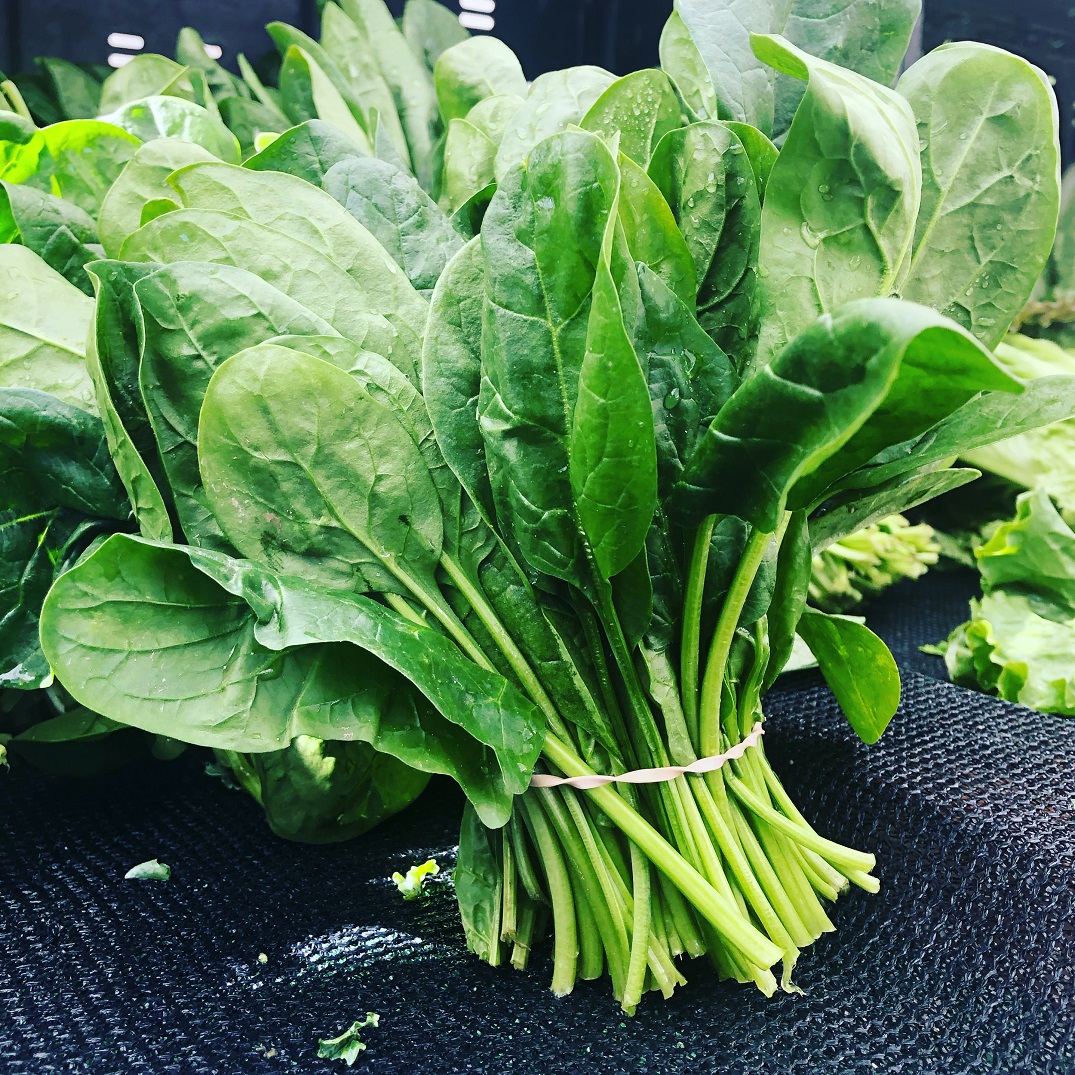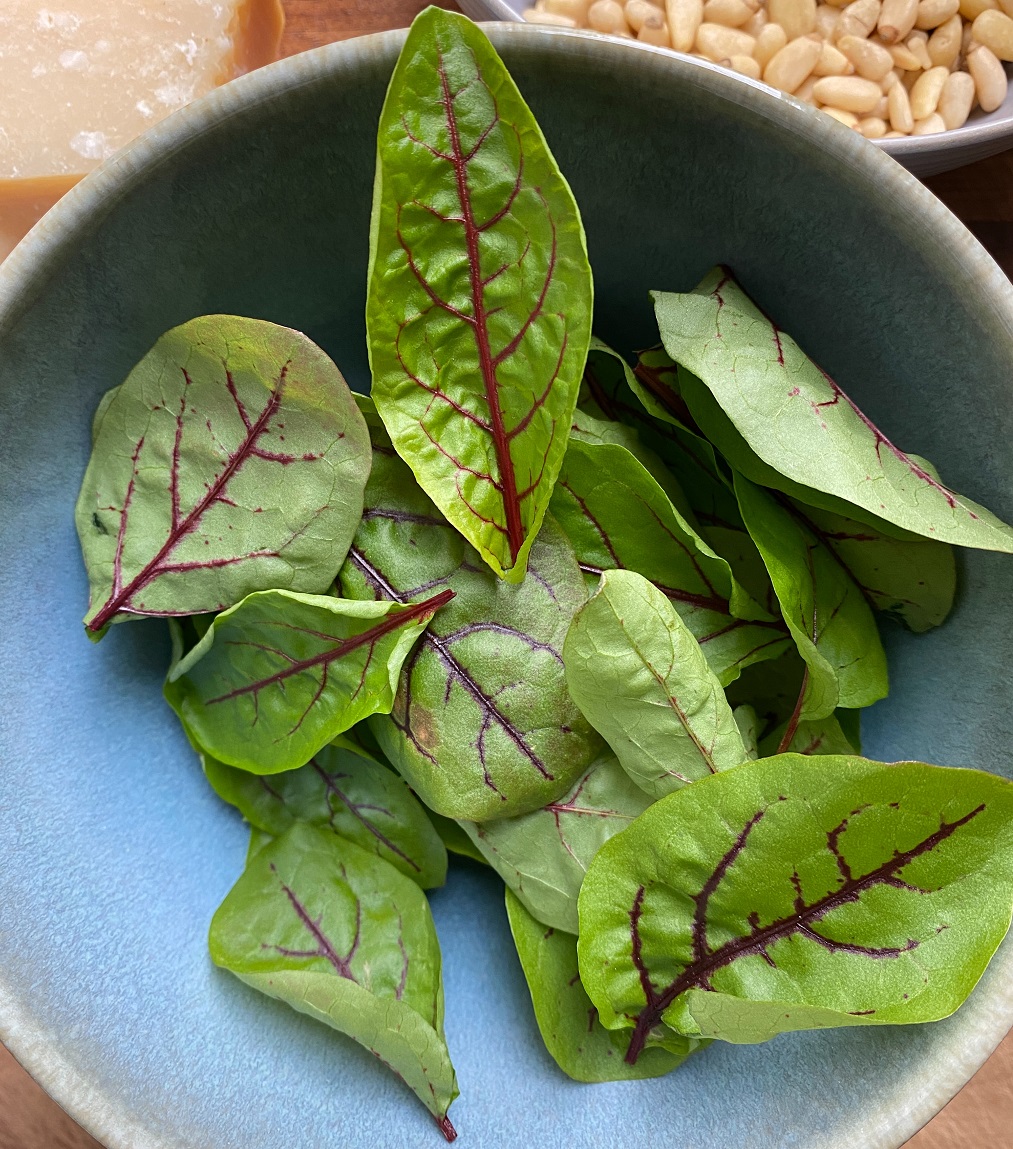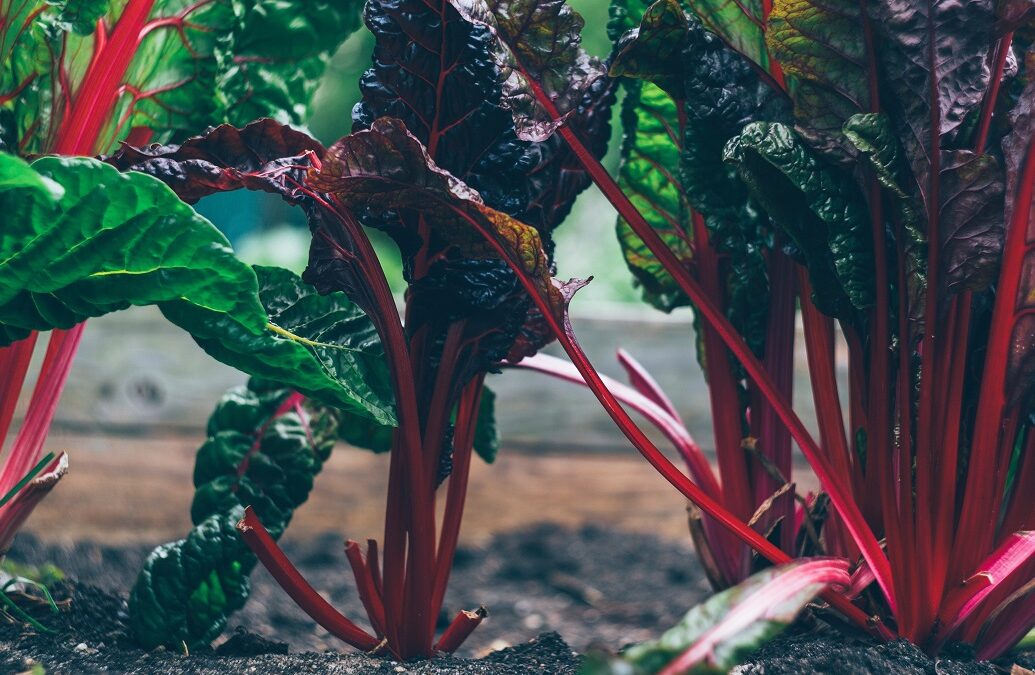You’ve heard it over and over for as long as you can remember: “Eat your greens!”. But there are few things as likely to put you off a food than being forced to eat it as a kid. I don’t know about you but sitting there being made to eat overcooked and undressed greens didn’t do good things for my love of green vegetables.
But happily, I’ve turned from a being ‘veggie hater’ into a ‘vegetable lover’. Rather than tuning up my nose, I’m now delighted at the idea of a plate covered in multicoloured veggies.
Loving the good things in life
I initially got over my vegetable aversion and learned to give greens some love through some simple tactics: hide them, blend them, pair them, or cover them. Then I moved on to being able to appreciate the ‘change their state’ approach. When green leafed veggies are blanched or braised – rather than being over-boiled – and then dressed in flavour-boosting garlic, olive oil and lemon juice, they really do taste good. And they even look better.
So why do I love veggies?
Well, let me count the ways. Apart from their taste, which I have now come to fully appreciate – yes, even Brussel sprouts – veggies are quick to cook, they fill you up and leafy greens such as broccoli, spinach, kale, cabbage, silver beet and lettuce are nutritional powerhouses. And the darker they are, the greater their nutritional value. Green vegetables are chock full of vitamins and minerals, such as Vitamins A, B, C, E and K, iron, zinc, calcium, potassium, and magnesium. They also contain antioxidants and fibre.
Benefits of eating your greens
- Weight management: Most green vegetables are low in calories and contain a lot of fibre which fills you up, so you feel full for longer. You can eat as much as you like without putting on extra weight.
- Boosting energy levels: Fatigue is one of the most common symptoms of iron deficiency. Green vegetables are an excellent source of iron which helps boost energy levels by increasing the production of red blood cells for the efficient delivery of oxygen to your cells. Much on raw green veggies for lunch.
- Improve digestion: Fibre, beta-carotene, calcium and iron – nutrients in green vegetables – are helpful in maintaining a good flow of your digestive processes as they smoothen the movement of the bowel and maintain a healthy digestive tract lining.
- Cardiovascular disease: Greens are low in fat, high in dietary fibre, and rich in folic acid, potassium, magnesium, vitamin C, and phytochemicals. One extra serving per day can lower the risk of cardiovascular disease.
- Type 2 diabetes: The high level of magnesium and low glycemic index in greens is ideal for preventing and treating diabetes.
- Bone health: Vitamin K, magnesium, and calcium in leafy greens produce osteocalcin: bone builders.
- Immune function: The rich beta-carotene and Vitamin A improve the immune system.
- Protect your sight: Carotenoids (lutein and zeaxanthin) found in leafy greens are concentrated in the macular region of the retina and the lenses of the eye. A diet high in leafy greens protects the eyes from macular degeneration and cataracts.


The more colour the better
From a health standpoint, you can get more bang for your buck by choosing darker greens over lettuce leaves.
Plants get their colour from a range of chemicals known as polyphenols. There are hundreds of different polyphenols in dark green, purple and red vegetables such as kale, broccoli, beet leaves, silver beet and cabbage. Polyphenols impact our gut microbiome, affecting everything from our immune response to our mental health.
Tasty leafy greens recipes
Sadly, though, greens such as spinach, cabbage, broccoli, beet leaves, chicory, cavolo nero, bok choy and silver beet aren’t always thought of as being particularly tasty. At Grow Eat Heal we’re here to right that wrong.
Right now, we have loads of silver beet and spinach in our garden, which is fantastic. Below are two of my favourite recipes that hero these greens, so get inspired and try them out!
Cooking with silver beet
Silver beet, or chard, has dark-green leaves with red, white, yellow or green stalks. Rich in minerals and vitamins, such as potassium, manganese and vitamins A, C and K, it also contains syringic acid: a compound thought to be beneficial for lowering blood sugar levels.
Don’t throw away the stems, but they’re highly nutritious. This recipe I adapted from Nigella Lawson has all parts of the silver beet and kind of falls into the ‘hide the taste’ approach to serving vegetables. You could incorporate gluten-free pasta and I used Shichimi Togarashi, or S&B seven spice assorted chilli pepper as a garnish.
The recipe - Silver Beet Pasta with Anchovies
Ingredients
- 300g of silver beet (or more)
- 3 tbsp extra-virgin olive oil, plus more to pour over at the end
- 8 anchovy fillets
- 3 cloves of garlic sliced finely
- ¼ tsp dried chilli flakes (optional)
- 125ml hot water
- 200g fresh pappardelle pasta
- 25g freshly grated Parmesan
Method
- Strip the leaves from the stalks of the silver beet and cut the stalks up into 1–2cm pieces.
- Roll the leaves up like a cigar and slice finely.
- Add the olive oil and the anchovies to a frying pan for which you have a lid. Warm slowly until the anchovies have melted into the oil.
- Add the garlic, add the chilli flakes (if using), then add the chopped stalks and stir around in the oil for a minute or two.
- Pour in the hot water and bring to the boil. Put the lid on the pan and simmer until the stalks are tender – about 5–7 minutes depending on their size.
- Fresh pappardelle only takes about 3 minutes to cook, so get ready. Follow the instructions on the packet.
- Add the shredded silver beet leaves to the stalks, stir, replace the lid, and to wilt – about 3 or 4 minutes.
- Add the cooked spaghetti straight to the pan. Turn well. You may need to add a couple of tablespoons of cooking water as you toss.
- Grate over the Parmesan and toss again, then add a generous chug of olive oil. Serve into warmed bowls and then sprinkle over the Shichimi Togarashi chilli pepper, which I do recommend.
Cooking with spinach
One cup, or 30 grams, of raw spinach provides 181% of your daily value for vitamin K, 56% for vitamin A and 13% for manganese. It’s also packed with folate, which plays a key role in red blood cell production and the prevention of neural tube defects, such as spina bifida, during pregnancy.
We’re rather partial to Mark Bittman’s spinach recipes. A long-time writer for the New York Times, he suggests wilting it in a pan with loads of olive oil, pine nuts and raisins, steaming it, braising it, and a fine creamed spinach. We like the creamed spinach but have to admit that it is just a bit too heavy on the dairy, so opt for his tahini version.
The recipe - Tahini Creamed Spinach
Ingredients
- 1/2 cup tahini
- 1/4 cup water
- 2 tablespoons olive oil
- 1 teaspoon of cumin
- Salt and pepper
- 2 medium bunches of spinach (about 750 gms)
Method
- Put the tahini, water, olive oil and cumin and a sprinkle of salt and pepper in a medium saucepan over medium heat.
- Trim off any very trick stems from the spinach and chop the leaves.
- Add the spinach to the pot, a handful at a time until it all fits.
- Cook, stirring occasionally until the spinach is completely wilted and tender and the cream has reduced and thickened to the consistency you like, 5 to 10 minutes. Taste and adjust the seasoning and serve.
If you have any questions about the benefits of eating your greens, or would like some more fantastic recipes for leafy greens,
find me
Grow Eat Heal Ltd
Jocelyn J Murray
Auckland, New Zealand

